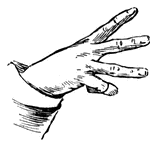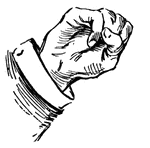
Stylized Dog
You see this dog dragging along a rope which he holds in his mouth, because he does not have hands (Hooker,…

Dormouse
When a dormouse holds a nut to make a hole in it, he holds it between his two forepaws like hands.
Hungarian Cembalo
Or the Zimbalon, whose strings vibrates under the percussion of two supple hammers which the player…

Conventionalized Lotus Flower
The lotus flower has been called the sacred flower of Ancient Egypt. It is shown in the hands of kings…
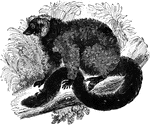
Red Lemur
"This lemur is noted for its brillant colorings, the greater part of the body being covered with a vivid…
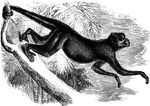
Spider Monkey
"The Greek word ateles signifies imperfect, and is applied to this genus in allusion to the absence…

Destruction of Merrimac
"Destruction of the Confederate ironclad steamer Merrimac, blown up by its commander, on the…
Fort Clinch
"Exterior view of Fort Clinch, on Amelia Island, Fla., commanding the Harbor of Fernandina, captured…

Harriet Lane
"Daring and desperate attack- surprise and capture of the United States gunboat Harriet Lane…

Federal Prisoners
"Federal cavalry covering the escape of Federal prisoners from Libby Prison, Richmond, Va. The feeling…
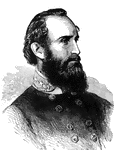
General Thomas J. Jackson
"General Stonewall Jackson, born in Clarkesburg, W. Va., January 21st, 1824, died at Chancellorsville,…

Battle of Ream's Station
"The Siege of Petersburg. Battle of Ream's Station- the attempt of the enemy to regain the Weldon Railroad…

Savannah, Georgia, Looking East
"View of Savannah, Ga., looking east, toward Fort Jackson. Savannah, the entry port of Georgia, is built…

Pocketwatch
Gulliver shows the Lilliputians his gold pocketwatch. Never seeing anything like it before they believed…

Battle of Williamsburg
"Battle of Williamsburg, Va., on the peninsula between York and James Rivers, May 6th, 1862. General…
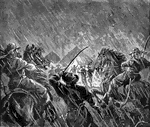
Stuart's Raid
"General J. E. B. Stuart's raid upon Pope's headquarters, August 22, 1862, when Pope's despatch book…

Red House
The Red House. The "Red House" is situated upon the street in Wilkesbarre next the river, and about…

Bastile Key
"Key of the Bastile. This key of the old Paris prison known as the Bastile, was sent by La Fayette to…

Charles I
"Charles I (1625-1649) was a far abler ruler than his father. He was a man of greater courage and more…
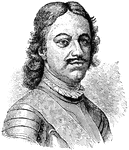
Peter the Great
"Peter the Great. This prince is one of the most extraordinary figures in history. As a boy he showed…

